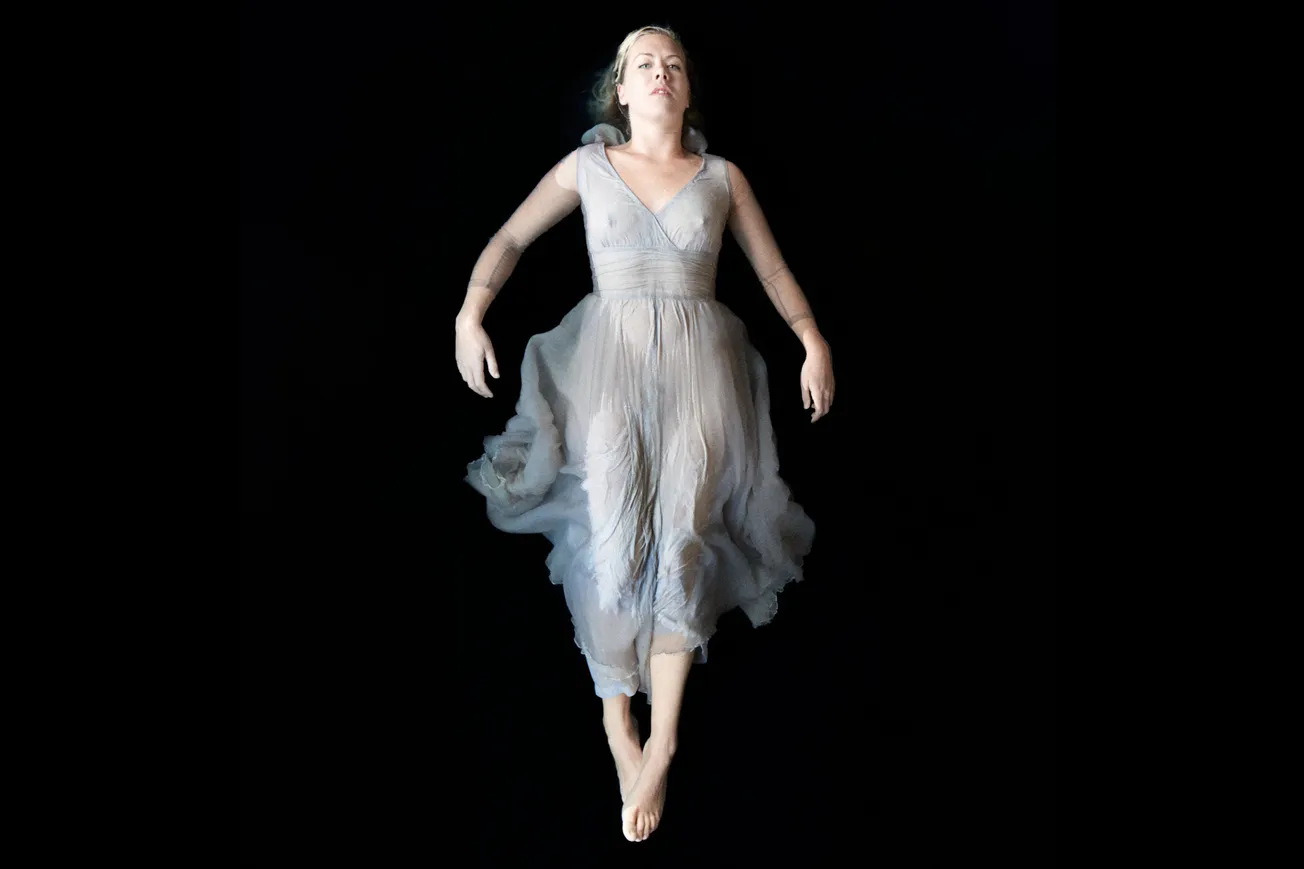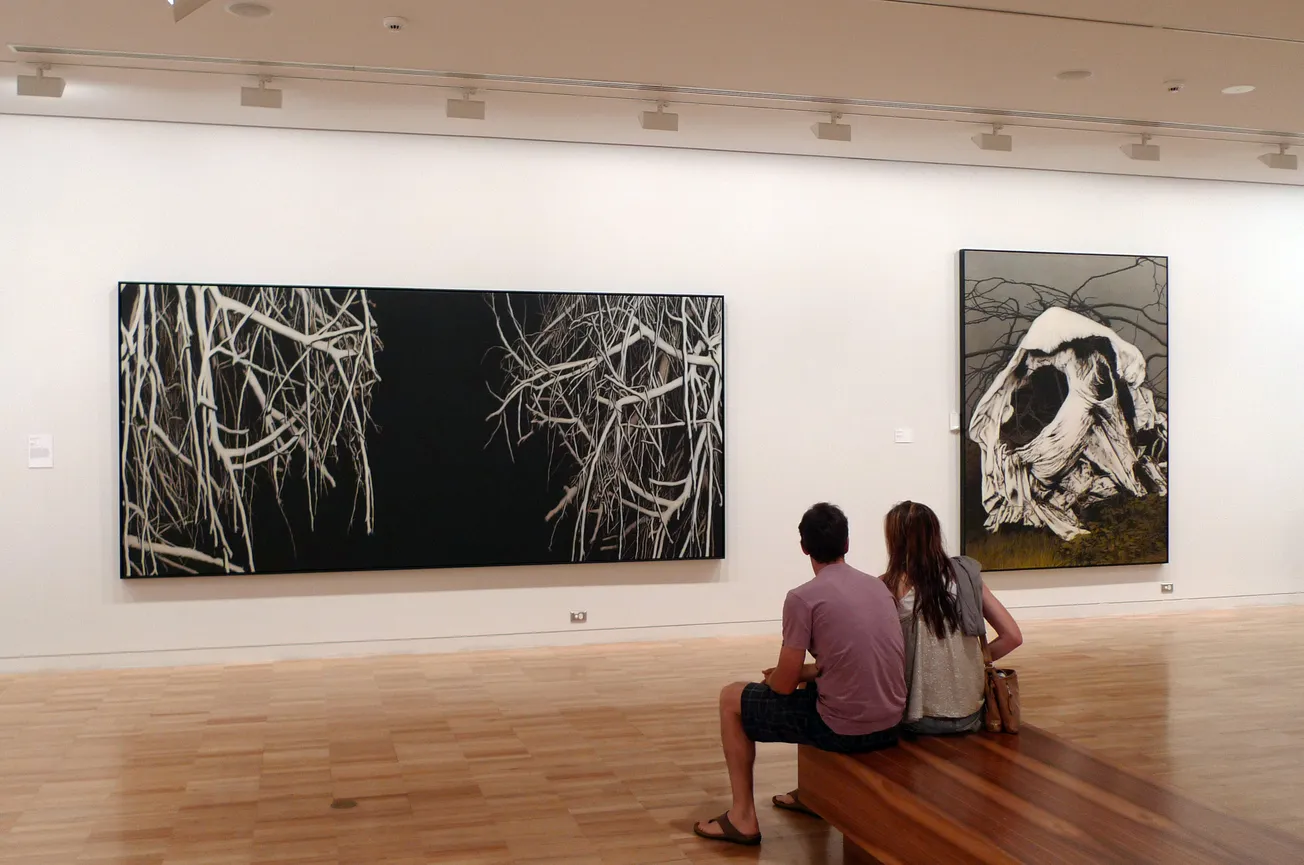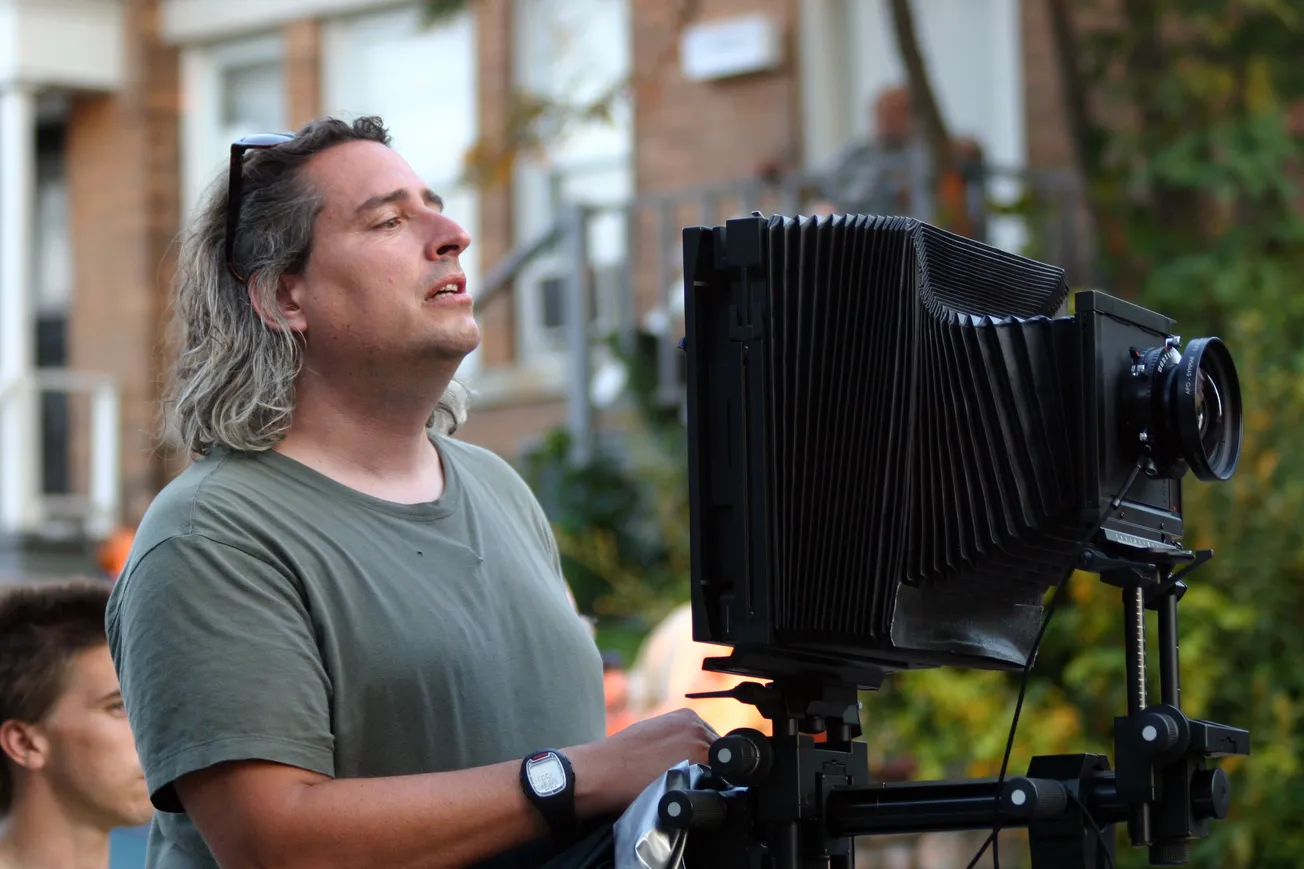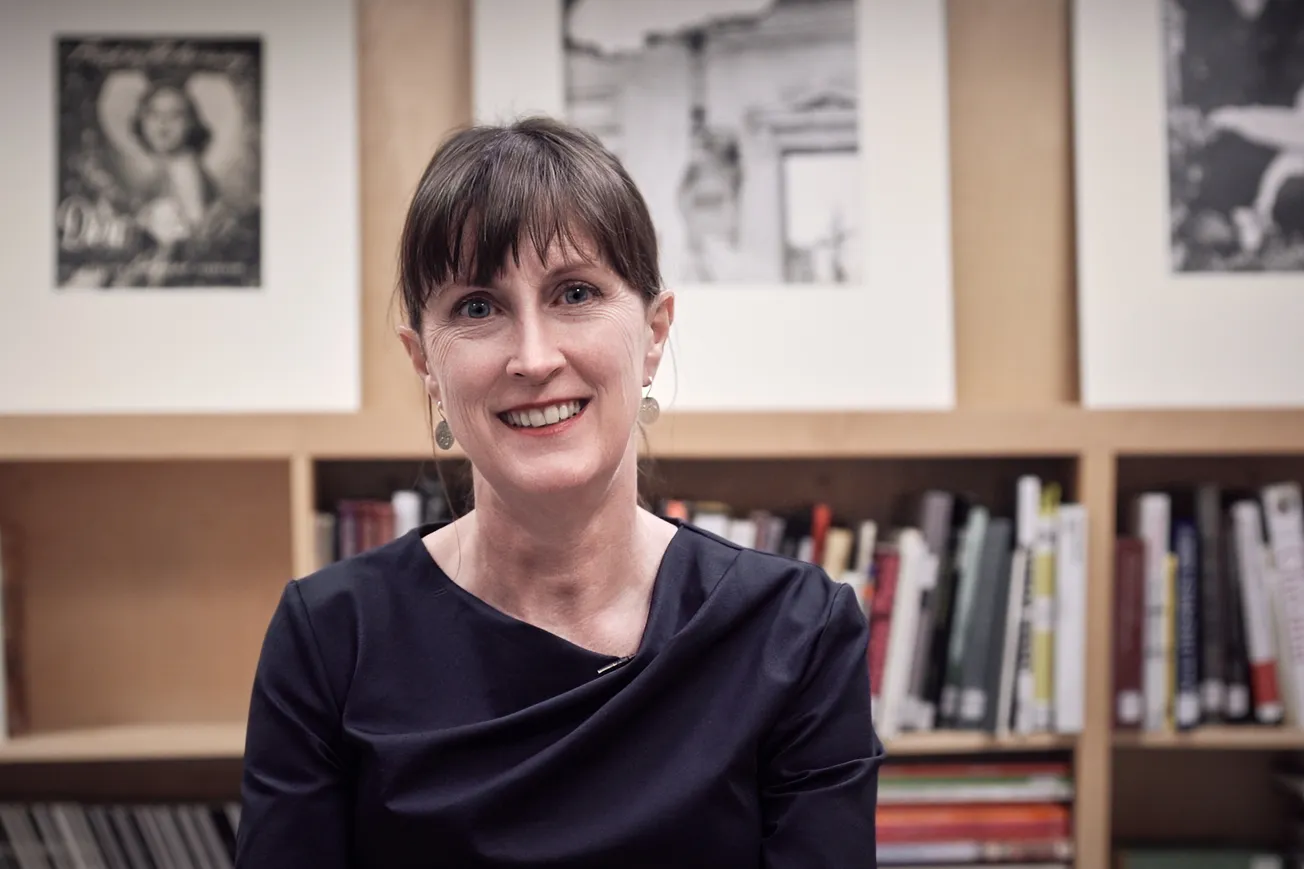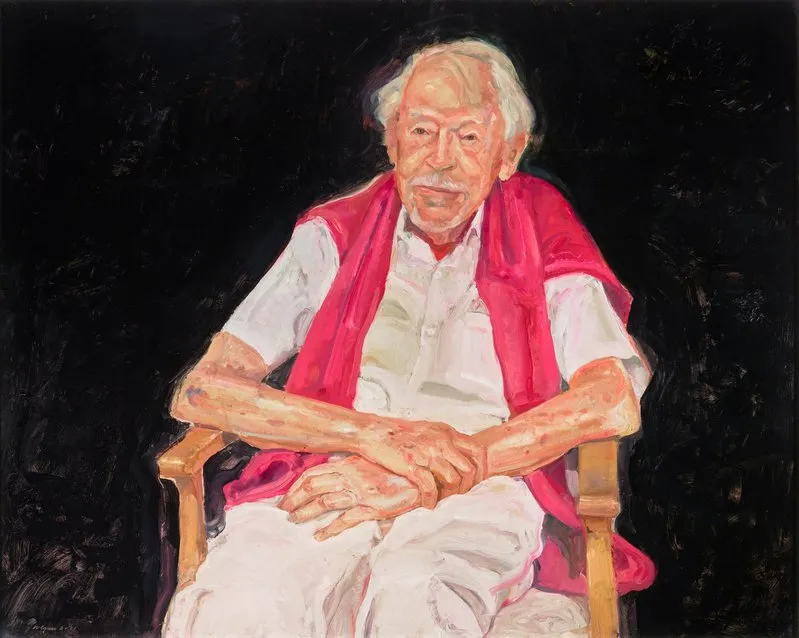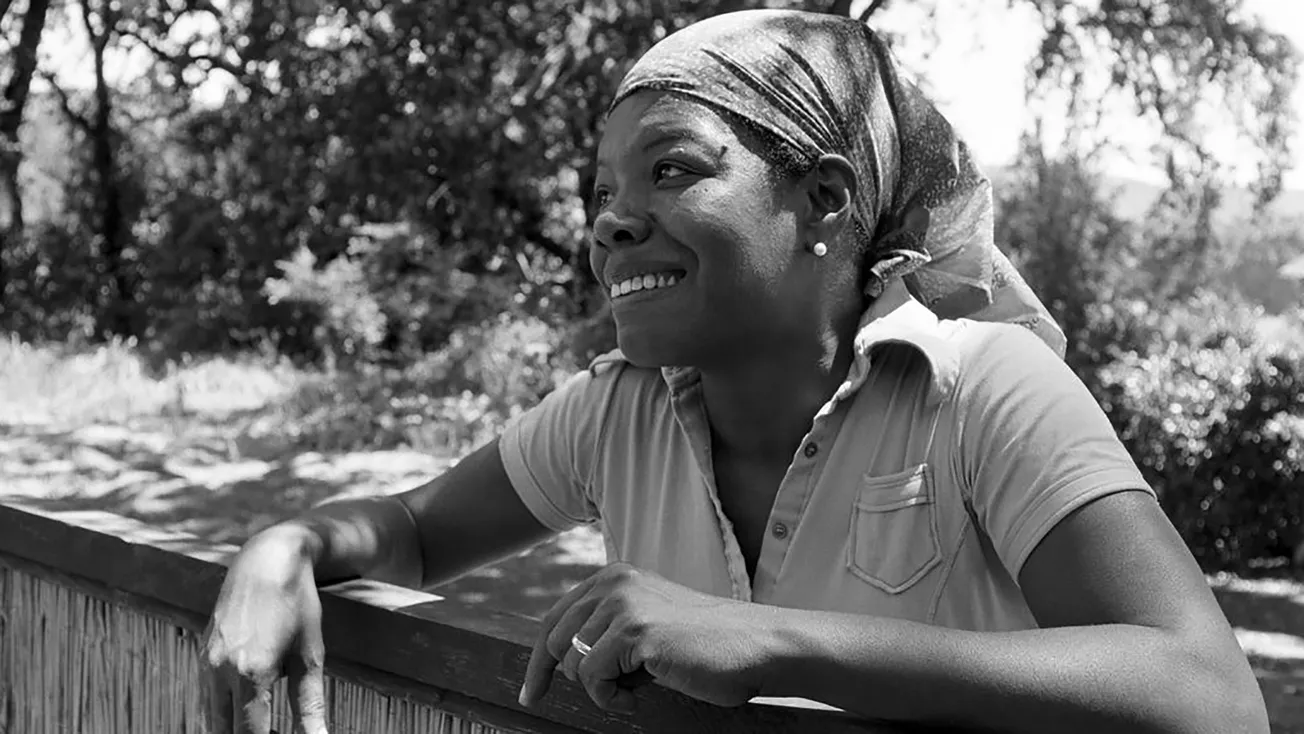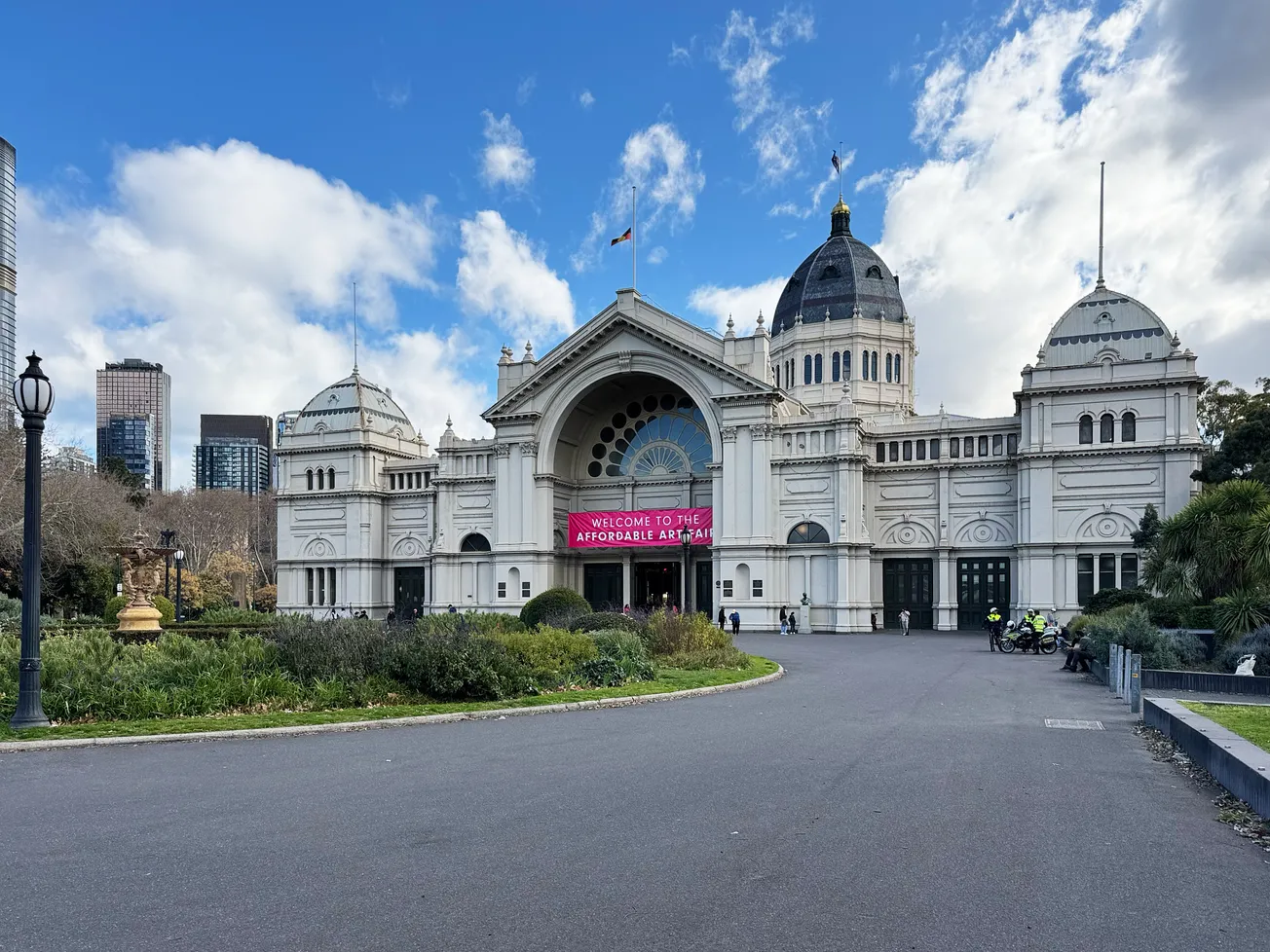Table of Contents
Art Minute
Richard I'Anson 2022
| Title: | Richard I'Anson 2022 |
| Duration: | 10:47 |
| Year: | 2022 |
| Director/DOP: | Peter M Lamont |
| Music: | Peter M Lamont |
Richard I'Anson 2010
| Title: | Richard I'Anson |
|---|---|
| Duration: | 03:50 |
| Year: | 2010 |
| Director/DOP: | Peter M Lamont |
| Interviewer: | Michel Lawrence |
About Richard I'Anson
Early Life and Background
Born in Melbourne, Australia, Richard l'Anson developed an interest in photography during his teenage years. His passion for capturing images was sparked by a birthday gift—a camera—that led him to set up a darkroom in his bedroom and immerse himself in photography magazines. This early enthusiasm laid the foundation for his future career.
Artistic Development and Career
L'Anson's professional journey began with freelance photography assignments, focusing on travel and documentary subjects. His big break came in the early 1990s when Lonely Planet shifted its editorial policy to include images beyond those provided by its founders and authors. This change allowed l'Anson to become a founding photographer for Lonely Planet Images, contributing to numerous guidebooks and publications.
Major Works and Publications
Throughout his career, l'Anson has authored and photographed several books, including "Travel Photography: A Guide to Taking Better Pictures" and "Australia: 42 Great Landscape Experiences." His images have appeared in international publications, advertising campaigns, and exhibitions, showcasing his ability to capture the spirit of places and cultures worldwide.
Technique and Style
L'Anson's photography is distinguished by its vibrant colour palettes and dynamic compositions. He employs a documentary approach, aiming to tell stories through his images by focusing on people, landscapes, and cultural elements. His technical proficiency and keen eye for detail enable him to create compelling visuals that resonate with viewers.
Legacy and Influence
As a Canon Master and mentor, l'Anson has significantly influenced the field of travel photography. His work has inspired aspiring photographers and travelers alike, encouraging them to explore and document the world. Through workshops, lectures, and publications, he continues to share his expertise and passion for photography.
Recent Activities
In recent years, l'Anson has continued to travel extensively, capturing images for various projects and publications. He remains active in the photography community, offering workshops and serving as a judge for photography competitions. His ongoing commitment to his craft ensures that his influence on travel photography endures.
References
- Richard l'Anson Books and Biography - Waterstones
- Richard l'Anson Photography
- Canon Masters Profile - Richard l'Anson
- Behind the Lens: Interview with Canon Master Richard l'Anson
- A Lens to the World: Interview with Richard l'Anson
Teachers Resources
1. Artist Overview
Richard l’Anson is a renowned Australian travel photographer celebrated for his vibrant, high-impact images that capture the essence of people, places, and cultures worldwide. His work combines technical precision with an innate ability to tell stories, bringing the diversity of the world to life. L’Anson is best known for his contributions to travel photography, including his extensive work for Lonely Planet publications and other international platforms.
L’Anson’s practice is highly relevant for VCE Art students exploring travel and documentary photography, cultural storytelling, and the use of photography as a tool for sharing global perspectives.
2. Technical Analysis
Techniques Overview:
- Primary Methods: L’Anson specialises in travel and documentary photography, using vibrant colours, dynamic compositions, and natural lighting to create compelling images.
- Materials and Processes: He works primarily with digital cameras, employing wide-angle and telephoto lenses to capture diverse perspectives. Post-production techniques include colour enhancement and tonal adjustments to emphasise the vibrancy and atmosphere of the locations he photographs.
- Signature Approaches: Bold colour palettes, dramatic lighting, and a focus on cultural and environmental context.
Classroom Activity:
- Objective: Create a travel-inspired photographic series that tells a story about a place or culture.
- Materials List: Digital camera or smartphone, editing software (e.g., Lightroom, Photoshop), optional props or models to simulate travel settings.
- Instructions:
- Theme Selection: Choose a location (local or imagined) or culture as your focus.
- Plan and Shoot: Use dynamic compositions, natural light, and bold colors to capture the essence of the chosen location or theme.
- Edit and Enhance: Use editing software to adjust color, contrast, and sharpness, enhancing the story and mood of your images.
- Present a Series: Curate a series of 5–7 images that work together as a cohesive narrative.
- Safety Considerations: If shooting outdoors, ensure safe handling of equipment and awareness of surroundings.
Technical Reflection Questions:
- How did your use of composition and colour enhance the story in your images?
- What techniques did you use to capture a sense of place or culture?
- How did post-production adjustments contribute to the final result?
3. Context Analysis
Historical/Cultural Influences: L’Anson’s work is influenced by the traditions of documentary and travel photography, with an emphasis on visual storytelling and cultural diversity. His images reflect the vibrancy of the modern world while acknowledging the traditions and uniqueness of the places he captures.
Contemporary Relevance: L’Anson’s photography resonates with audiences seeking to understand and appreciate global cultures. His work underscores the power of photography to educate, inspire, and foster cross-cultural connections in an increasingly interconnected world.
Movement/Style Connections:
- Travel and Documentary Photography: Emphasis on storytelling through images.
- Cultural Representation in Art: Capturing the essence of people, places, and traditions.
Student Research Activity:
- Objective: Explore L’Anson’s approach to capturing cultural and environmental stories.
- Focus Points: Use of colour, composition, and cultural sensitivity.
- Analysis Questions:
- How does L’Anson use colour and light to convey the mood of a place or moment?
- In what ways does his photography celebrate cultural diversity?
- How does his approach differ from other travel photographers?
4. Practical Project
Project Title: "Through the Lens: Capturing the Spirit of Place"
- Duration: 3–4 weeks
- Learning Objectives: Create a photographic series inspired by L’Anson’s storytelling techniques, focusing on colour, composition, and cultural narrative.
- Materials Needed: Camera or smartphone, editing software, and optional props or costumes to enhance the theme.
- Step-by-Step Process:
- Research Richard l’Anson’s photography, focusing on his use of light, colour, and storytelling.
- Select a theme related to a place, culture, or experience.
- Capture a series of photographs that highlight the chosen theme, experimenting with angles, lighting, and dynamic composition.
- Edit and refine your images, enhancing color and clarity to evoke mood and atmosphere.
- Curate your final series, writing a short statement for each image to explain its context.
- Assessment Criteria: Technical skill, narrative clarity, thematic depth, and visual impact.
- Curriculum Alignment: VCE Art (documentary practices, cultural themes, photographic techniques).
5. Exhibition Component
Display Considerations:
- Immersive Experience: Arrange images to transport viewers to the location or culture depicted, using accompanying sounds or artifacts if possible.
- Curatorial Thinking: Group works by theme or narrative flow, emphasizing the storytelling aspect of travel photography.
- Presentation Techniques: Use large-format prints or digital screens to showcase the vibrant details of each image.
Practical Activity:
- Objective: Curate a class exhibition of travel-inspired photographic works.
- Documentation Guidelines: Include captions or short narratives for each image, explaining the story or context.
6. Final Reflection
Question Categories:
- Technical Understanding: What techniques did you use to capture the mood and essence of your chosen theme?
- Conceptual Development: How did your images tell a story about place or culture?
- Personal Growth: What did you learn about visual storytelling through photography?
- Future Applications: How might you use travel photography techniques in other artistic projects?
Conclusion
Richard l’Anson’s vibrant travel photography inspires students to explore the world through their lens, emphasising the power of imagery to tell compelling stories about people, places, and cultures. By experimenting with his techniques and themes, VCE Art students can create their own photographic narratives, gaining skills in composition, color, and cultural storytelling.


